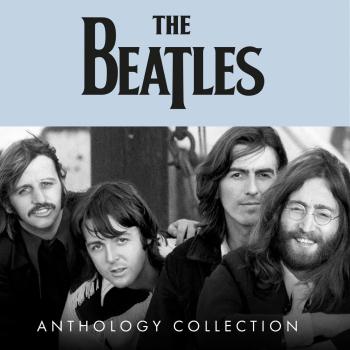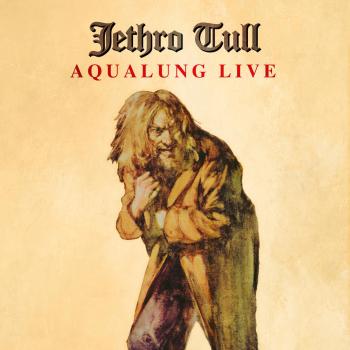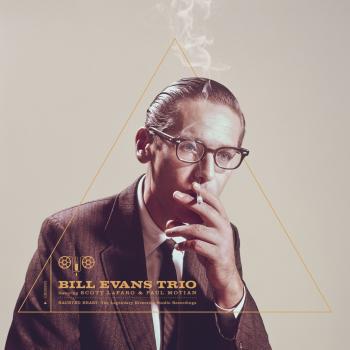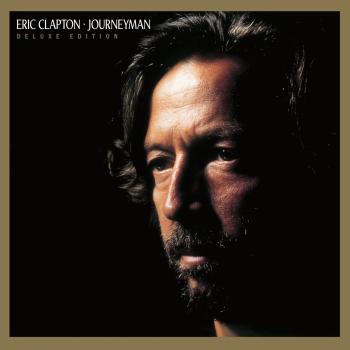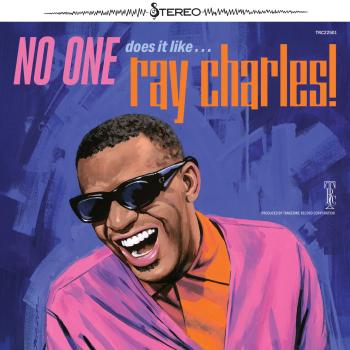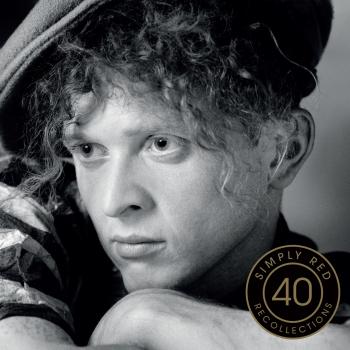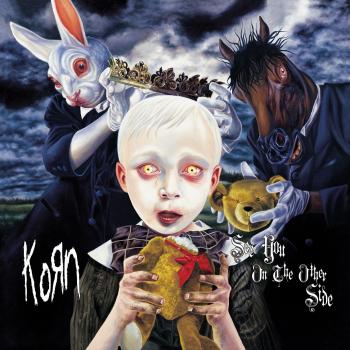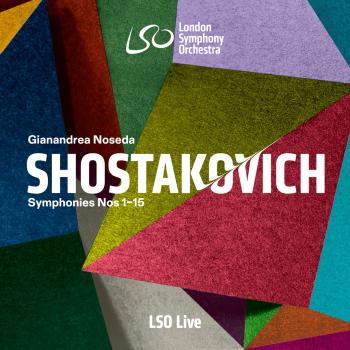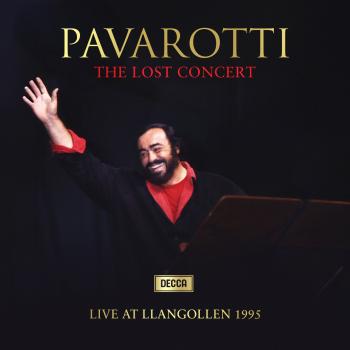
Eddie Sauter's Music Time Eddie Sauter Orchestra
Album Info
Album Veröffentlichung:
2016
HRA-Veröffentlichung:
09.08.2016
Label: SWR Jazzhaus
Genre: Jazz
Subgenre: Big Band
Interpret: Eddie Sauter Orchestra
Komponist: Count Basie, Rutheford Greene, Eddie Sauter, Isham Jones, Richard Rodgers, Martial Solal, Burton Lane [Non-Classical Composer], Hans Hammerschmid [Non-Classical C
Das Album enthält Albumcover
Entschuldigen Sie bitte!
Sehr geehrter HIGHRESAUDIO Besucher,
leider kann das Album zurzeit aufgrund von Länder- und Lizenzbeschränkungen nicht gekauft werden oder uns liegt der offizielle Veröffentlichungstermin für Ihr Land noch nicht vor. Wir aktualisieren unsere Veröffentlichungstermine ein- bis zweimal die Woche. Bitte schauen Sie ab und zu mal wieder rein.
Wir empfehlen Ihnen das Album auf Ihre Merkliste zu setzen.
Wir bedanken uns für Ihr Verständnis und Ihre Geduld.
Ihr, HIGHRESAUDIO
- 1 High Tide 05:25
- 2 Superman 04:10
- 3 It Had To Be You 02:58
- 4 Babes in Arms: My Funny Valentine 04:55
- 5 Was ist los in Baden-Oos 07:08
- 6 Dernière Minute 02:20
- 7 Kopf hoch 03:30
- 8 Easy Does It 04:45
- 9 Finian's Rainbow: Old Devil Moon 02:55
- 10 Three on a Match 03:50
- 11 Street Market 03:10
- 12 Suddenly It’s Spring 04:45
- 13 Little Girl in a Big City 02:50
- 14 Hightor 03:50
- 15 Reeperbahn 04:00
- 16 Porte au Prince 03:46
- 17 Spook Walk 05:36
- 18 Blues for Al 05:25
- 19 Polka Dots and Moonbeams (Around a Pug-nosed Dream) 03:34
- 20 A Night in Tunisia 03:20
- 21 Drum Concerto 04:45
- 22 Bags' Groove 06:15
- 23 Cherokee 03:45
Info zu Eddie Sauter's Music Time
Eddie Sauter, der ursprünglich Trompeter war und nach seinen Anfängen bei Red Norvo im Kompetenzteam von Benny Goodman gelandet war, hatte 1957 als Nachfolger von Kurt Edelhagen das Orchester beim Südwestfunk (SWF) übernommen. Hier hatte er das erste Mal in seiner Laufbahn die Freiheit, ohne Co-Leader eine Jazz Big Band leiten zu können – was eine großartige Chance, aber auch eine große Herausforderung darstellte. Bereits 1959 kehrte er in die USA zurück, um dort mit dem Album „Focus“ (1961) von Stan Getz und filmmusikalischen Arbeiten sein Talent für transparent gestaltete Präsenz unter Beweis zu stellen.
Sauter schaffte es in seiner Musik, die coole Reduktion der Bebop-Hektik in die große Form zu übertragen, ohne dabei kühl zu wirken. Die Sendekonzertreihe Eddie Sauter’s Music Time wurde zum Podium seiner Experimente. Die Aufnahmen aus dem Archiv des SWR entstanden im Winter 1957/58 unter anderem in Freiburg und Kaiserslautern und dokumentieren ein mit viel amerikanischem Humor durchzogenes Programm, das die Waage zwischen Standards, Originals und Experimenten hielt.
Eddie Sauter Orchestra
Eddie Sauter
was one of the most inventive arrangers to emerge during the swing era. His complex and colorful charts were always innovative and defied categorization. Sauter originally played trumpet and drums, and later learned the mellophone. He studied at Columbia University and Juilliard, and from 1935 to 1939 he made a stir in the jazz world as the arranger for Red Norvo’s Orchestra. He worked as a freelancer during the remainder of the swing era with his most notable work for Benny Goodman, writing some of the most advanced music that the clarinetist ever played. In addition, Sauter contributed arrangements to the bands of Artie Shaw, Tommy Dorsey, Woody Herman and (in the postwar years) Ray McKinley. In 1952, Sauter joined forces with fellow arranger Bill Finegan to form the innovative Sauter-Finegan Orchestra. Sauter continued as a freelance writer for stage, film and television, including several collaborations with saxophonist Stan Getz. In the late 1950s and 1960s Sauter also wrote contemporary classical music, including several works for saxophone: Q.T. for the New York Saxophone Quartet, Tanglewood Concerto for Tenor Saxophone and Orchestra, and Piece for Tuba and Saxophone Quartet.
Dieses Album enthält kein Booklet

